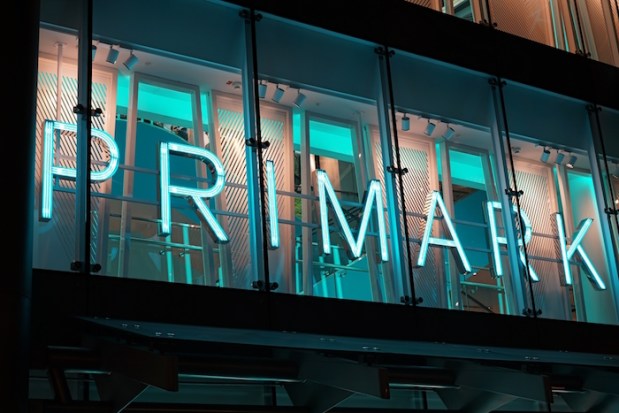Is The Fast-Fashion Pricing Gap Growing Too Fast?

There is a new reality in apparel retail, and the designer-focused markets of the past have given way to a hyphenated tour de force: fast-fashion apparel. For a while, it was the thought of traditional fashion execs that it was just young shoppers with flighty fashion senses that were driving this new kind of retail’s rise to the top, but now that H&M, Zara and others are household names, it’s clear that the price points they offer are something traditional retail apparel can’t beat.
However, could the gap between fast-fashion pricing and regular retailers’ attempts to keep up be widening faster than its possible for one side to bridge?
Case in point: The cellar of fast-fashion prices seems to be falling faster than even average fast-fashion brands can keep up with. A recent study from Morgan Stanley found that Primark, the relative newcomer to the fast-fashion market (at least as far as the U.S. is concerned), boasts prices sometimes magnitudes lower than those offered by even comparable low-budget brands.
For example, Express had price premiums 400 percent of that at Primark. American Eagle, Gap and Zara were all in the 250 to 350 percent range. On average, U.S. apparel retailers across both fast and leisurely paced fashion were priced about 202 percent higher than Primark, and it’s not until you get to the Old Navys, Aéropostales and, yes, the Walmarts of the retail world before numbers dip back down into the sub-100 percent range.
“Primark’s low price points could act as a disruptive force in U.S. retail, in our view,” Morgan Stanely researchers told MarketWatch.
Primark may be something of a special example. With no advertising (and, therefore, no related costs) and little-to-no eCommerce presence, the ability to offer rock-bottom prices seems more like a survival instinct than anything close to what could be called undercutting. However, the rush to the bottom is a real one — if only for the privilege of earning customers’ first looks as they enter the low-cost, middling-quality world of fast fashion.
But the temptation of offering the lowest price isn’t shared by brands like Primark that can run a skeleton operation to do so: Uniqlo, a fast-fashion brand rapidly spreading across the U.S., and Gap, as psuedo a fast-fashion retailer as they come. For the former, says Nomura Holdings Analyst Masafumi Shoda, its expansion across Western and Eastern hemispheres has been held back by a lack of both high-quality goods and rock-bottom prices — one of which is crucial for survival.
“[Uniqlo] will have to adjust prices to the lower side for a while until they revamp the lineup and come up with products whose value justifies higher prices,” Shoda told Business of Fashion.
To what extent will fast-fashion retailers go to win those prices? As supply chains become more fragmented across brick-and-mortar locations, long-term warehouses and the thousands of fulfillment centers that make up the space in between, ferrying the right products to the right places — even if a sale happens to be involved — can be an expensive proposition.
Especially when Gap has to ship those products across several brands, like Gap, Banana Republic and Old Navy — a feat that Gap Pricing Architecture Director Philip Glebow told IT News depends on a degree of flexibility just to scrape by.
“We have several thousand stores, and inventory is constantly coming into those stores, so we need to move it,” Glebow said. “One of the levers that we have to move it is the price, but we don’t want to do something silly and say, ‘Well, this shirt isn’t selling; let’s just take 50 percent off that shirt everywhere.’ Different parts of the country respond differently to changes in price. There’s also weather to take into account — short sleeve shirts go really well in San Diego, not so well in San Francisco. So, there are those components that we need to take into account in our optimization model so that we can adjust the price and still move through the inventory.”
Luxury fashion might not have the obsession over prices that fast fashion and the brands it’s dragging down to its level do, but if Gap’s efforts are any indication of the new normal, it’ll take nothing short of bending over backwards for anyone selling a shirt to meet the plunging demands of pricing.
